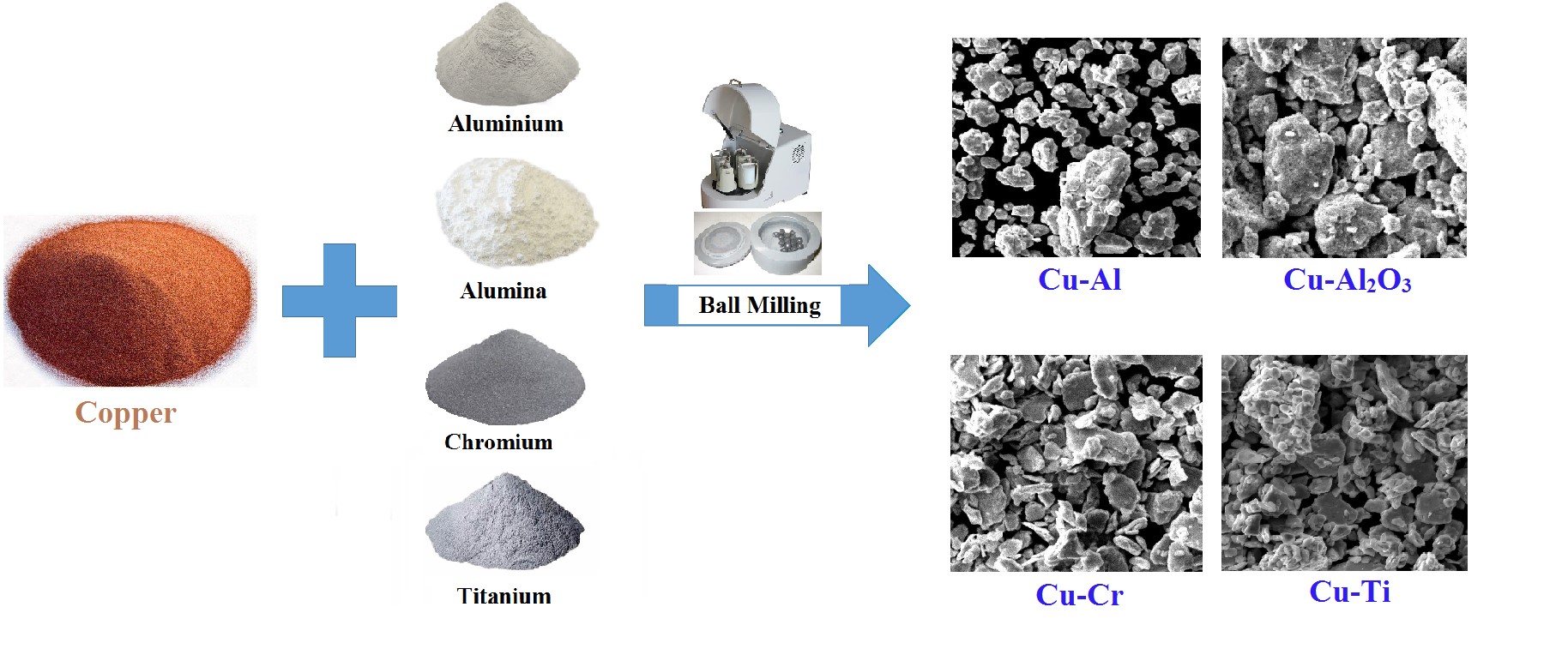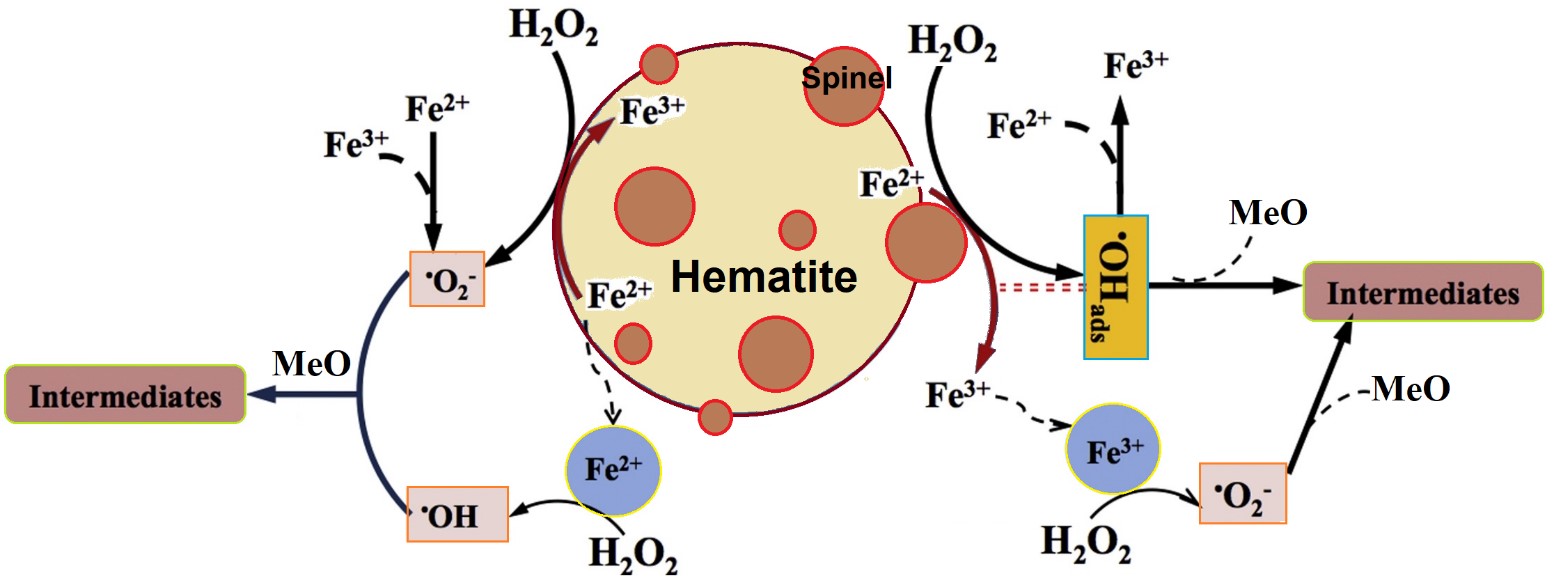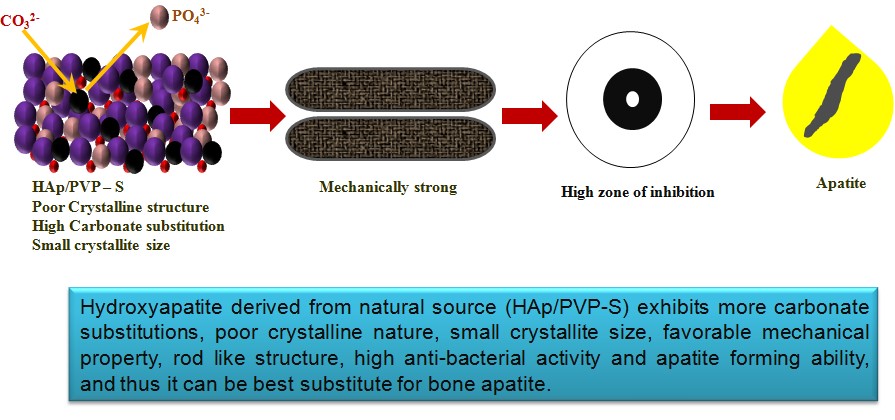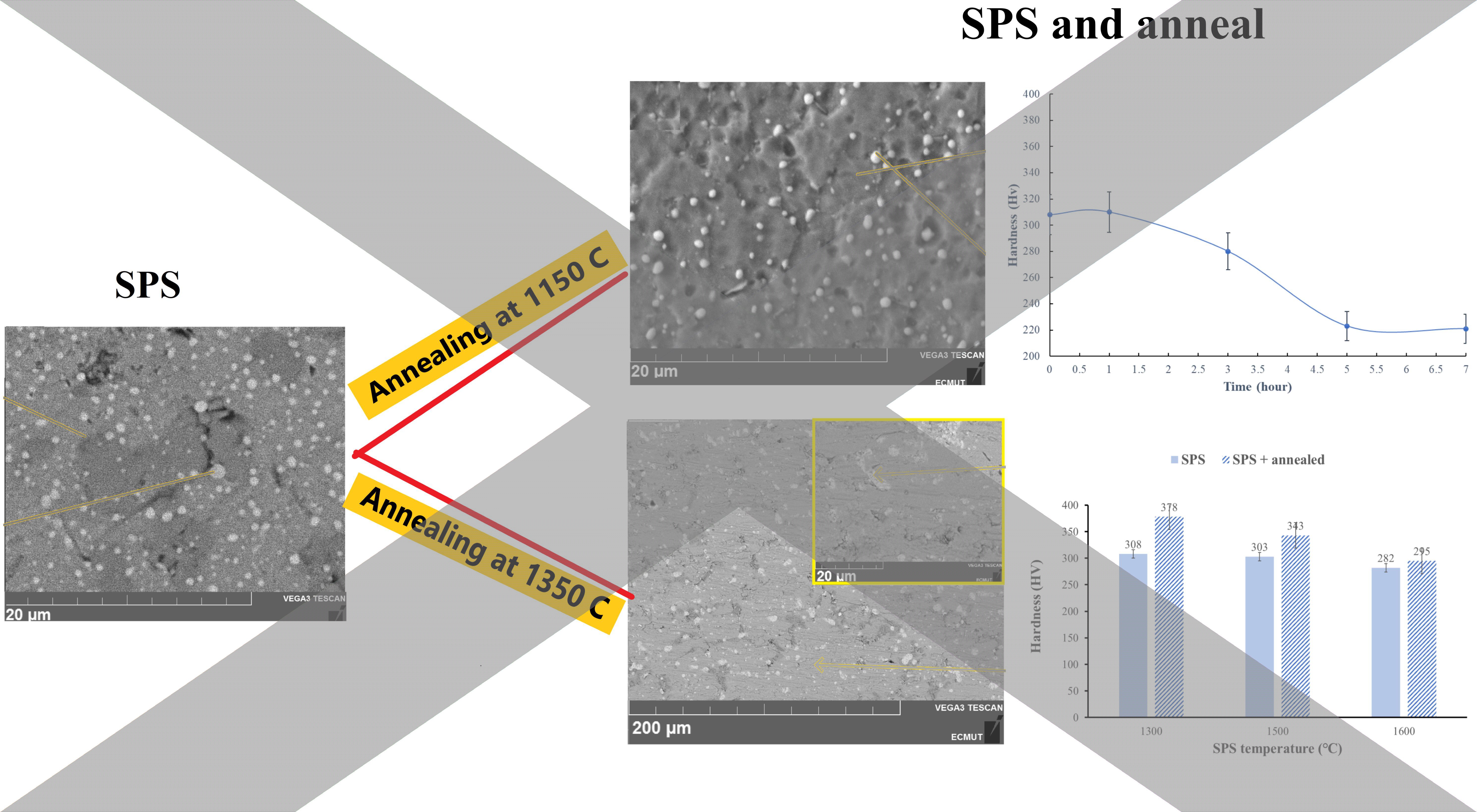Wed, Jul 16, 2025
[Archive]
Volume 18, Issue 1 (March 2021)
P. 1-11
P. 12-20
P. 21-31
P. 32-39
P. 48-60
P. 61-70
P. 71-79
P. 80-90
P. 91-109
Chimmachandiran Suresh Kumar 
 , Kaliyan Dhanaraj
, Kaliyan Dhanaraj 
 , Ramasamy Mariappan Vimalathithan
, Ramasamy Mariappan Vimalathithan 
 , Perumal Ilaiyaraja
, Perumal Ilaiyaraja 
 , Govindhasamy Suresh
, Govindhasamy Suresh 


 , Kaliyan Dhanaraj
, Kaliyan Dhanaraj 
 , Ramasamy Mariappan Vimalathithan
, Ramasamy Mariappan Vimalathithan 
 , Perumal Ilaiyaraja
, Perumal Ilaiyaraja 
 , Govindhasamy Suresh
, Govindhasamy Suresh 

Jonas Fernando Macedo 
 , Igor Alexandre Fioravante
, Igor Alexandre Fioravante 
 , Roberto Zenhei Nakazato
, Roberto Zenhei Nakazato 
 , Heloisa Andréa Acciari
, Heloisa Andréa Acciari 
 , Eduardo Norberto Codaro
, Eduardo Norberto Codaro 


 , Igor Alexandre Fioravante
, Igor Alexandre Fioravante 
 , Roberto Zenhei Nakazato
, Roberto Zenhei Nakazato 
 , Heloisa Andréa Acciari
, Heloisa Andréa Acciari 
 , Eduardo Norberto Codaro
, Eduardo Norberto Codaro 














